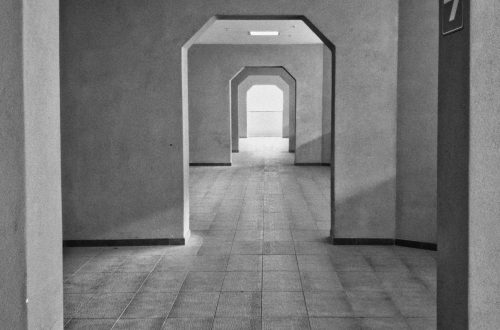
The Oslo Opera House
I’ve always believed that architecture reveals a different truth when seen from the water. Shooting the Oslo Opera House from the sea reinforced that idea for me. From this vantage point, the building doesn’t just sit on the waterfront—it seems to grow out of it, its sloping planes echoing the movement of the harbour while anchoring themselves firmly into the city skyline.
For this photograph, I chose a framing that allowed the Opera House to dominate without isolating it. The surrounding water occupies enough of the lower frame to set the context, while the upper section leaves room for the building to breathe against the sky. This separation of planes—sea, structure, sky—helps the composition feel balanced, with each element given its own space to speak.
The light on the day was diffuse, which flattened harsh shadows and preserved detail in the building’s white cladding. That softness worked in my favour, ensuring the tonal gradations in the marble surfaces were visible instead of being blown out. Exposure was set to hold detail in the highlights while keeping the water’s darker ripples from collapsing into pure black.
One challenge was maintaining sharpness across the frame while shooting from a moving platform. Even with a fast enough shutter speed, I had to keep my body position stable to avoid introducing motion blur. The resulting image is crisp, with the clean lines of the architecture rendered sharply against the more organic textures of the sea.
Looking at the photograph now, I’m pleased with how it conveys the dual nature of the Opera House: a cultural monument designed to be ascended and explored, and a maritime landmark best appreciated from the very element it faces. From the sea, it is less an object and more a threshold, bridging the calm expanse of water and the busy life of Oslo’s streets.




